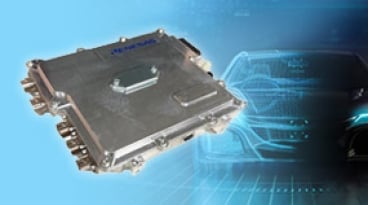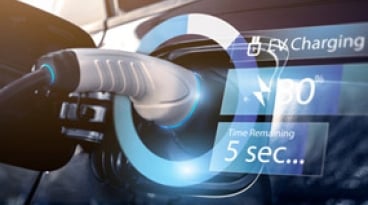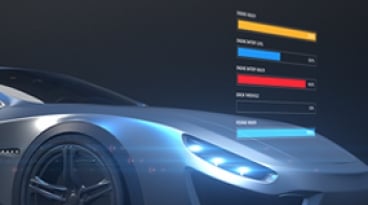Get Powered by Renesas
Renesas’ comprehensive power management portfolio spans across the widest range of power requirements offering solutions from digital multiphase DC/DC switching controllers to battery management systems and power management ICs, while seamlessly connecting to our industry-leading MCUs and MPUs, making us the premier power partner for your most challenging designs.
Renesas' power portfolio addresses existing and emerging applications including Energy and Electrification, and Artificial Intelligence
Renesas offers a full spectrum of solutions designed to accelerate your journey towards a cleaner, more sustainable future from renewables to smart grids, and from EVs to industrial and building automation, we empower innovation across the entire energy transition.
Renesas delivers best-in-class performance enabling fast and reliable energy transition through a solid portfolio of discrete MOSFETs, IGBTs, isolated gate drivers, and dedicated PMICs that attach to our MCUs/MPUs for faster time-to-market solutions.
As AI transforms every aspect of our lives, Renesas supports AI/ML developers by offering solutions that span across sensing, connectivity, and power product solutions that all have been purpose-built to accelerate Artificial Intelligence of Things (AIoT) designs. These solutions can be found at the core, the edge, and the endpoint.
Learn more about Artificial Intelligence
A proven and trusted supplier leveraging our scale to support tomorrow's innovations
Innovation. Quality. Reliability. These are the hallmarks of Renesas’ power products group. We have been a leading force in the power semiconductor industry for more than a decade, with 4.4 billion parts shipped (in 2023) and hundreds of winning combinations and reference designs, we are powering groundbreaking technology across the globe.
We provide a complete technology ecosystem from standalone voltage regulators to wide-bandgap and MOSFET power switches, allowing our customers to build the power products of tomorrow.
Get started with your power design using the PowerCompass™ Tool and PowerNavigator™ Software
For automotive products, please see Automotive Power Management






